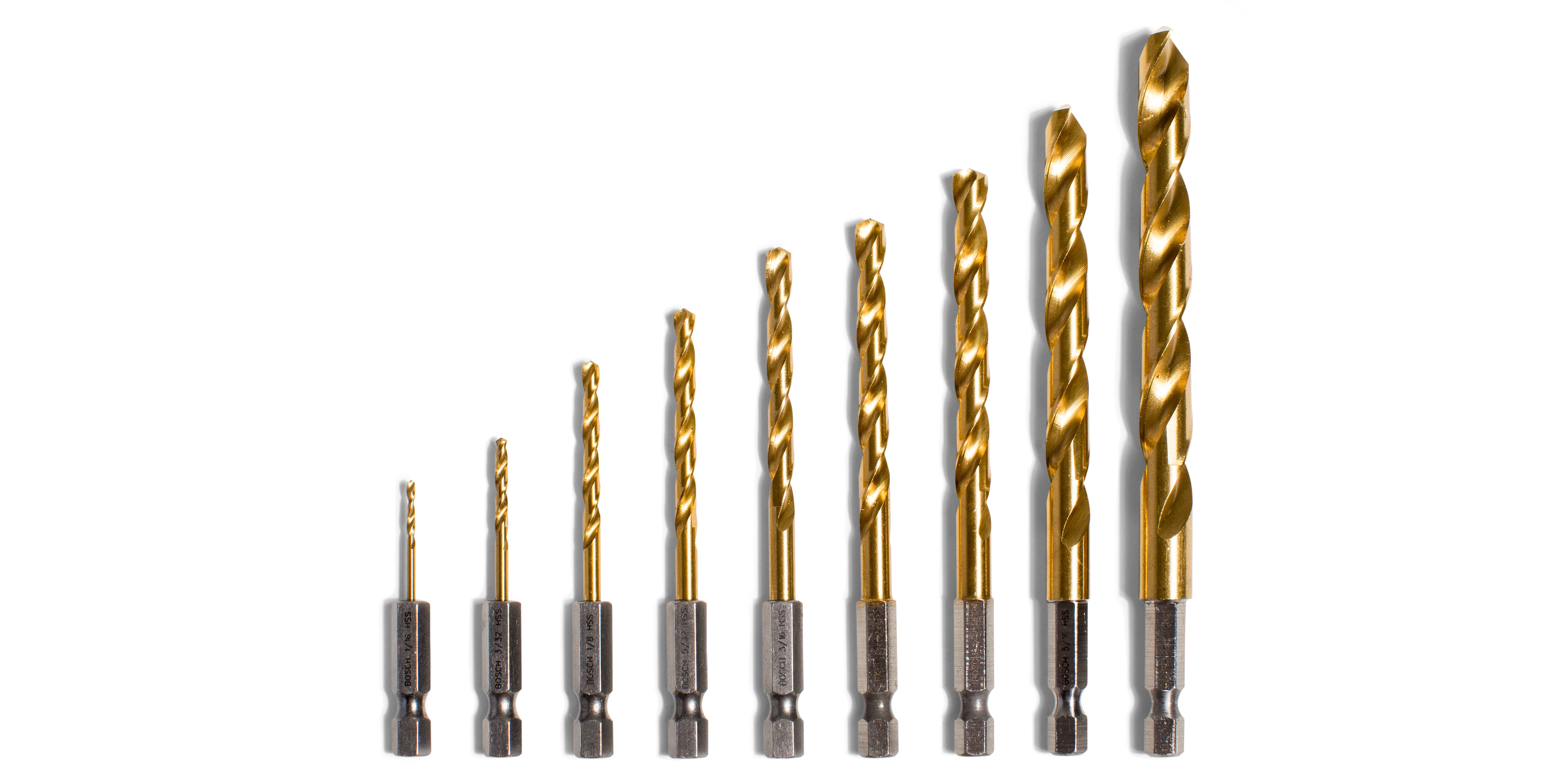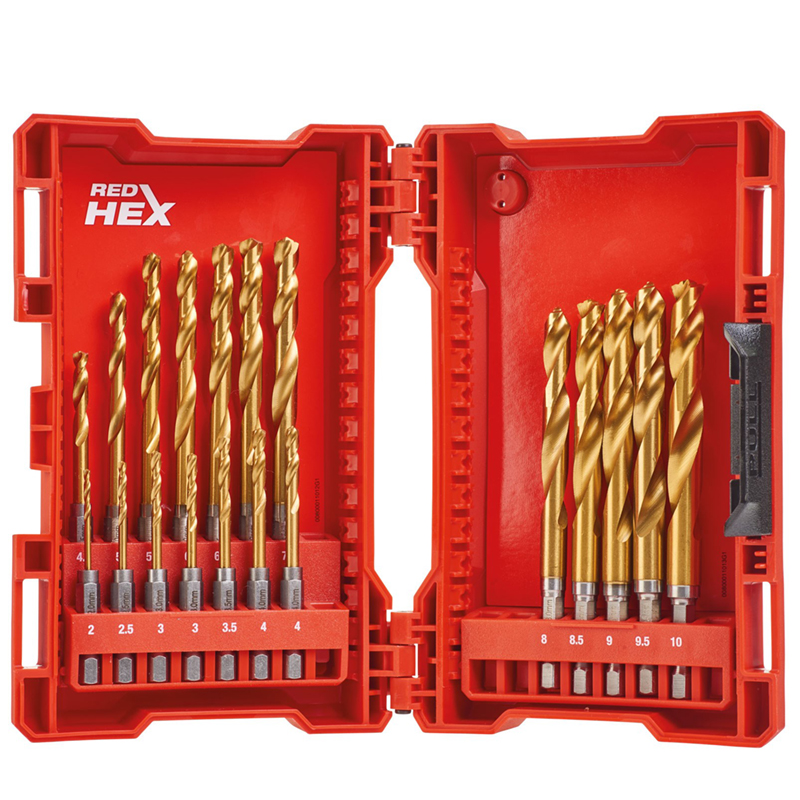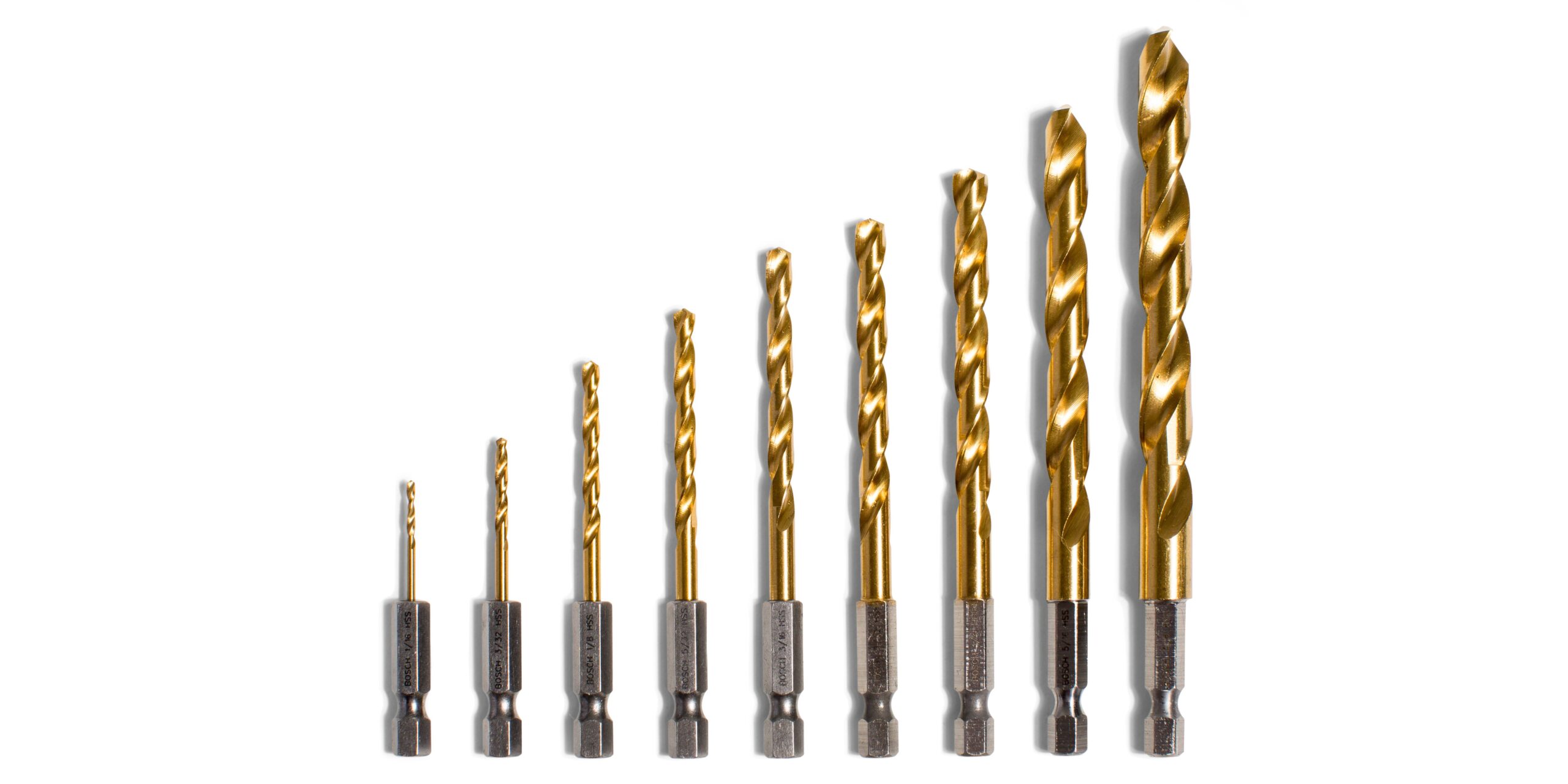Can an impact driver use drill bits? If you’ve ever wondered about this, you’re in the right place! Whether you’re a budding DIY enthusiast or just curious about tools, this article will explore the exciting world of impact drivers and drill bits.
So, what exactly is an impact driver, you may ask? Well, imagine a power tool that combines the power of a drill and the torque of a wrench. Sounds awesome, right? An impact driver is just that – a versatile tool that delivers high levels of rotational force, making it perfect for driving screws and fasteners.
Now, let’s get back to the question at hand: can an impact driver use drill bits? The short answer is yes! While impact drivers are primarily designed for driving screws, they can also be used with certain types of drill bits. So, if you’re looking to save time and effort on your next project, stick around as we delve deeper into this fascinating topic.
Are you wondering if an impact driver can be used with drill bits? Let’s find out! Impact drivers are primarily designed for driving screws and fasteners, but they can also be used with drill bits for light drilling tasks. However, it’s important to note that impact drivers are not as versatile as drills when it comes to drilling into harder materials. So, while you can use an impact driver with drill bits for certain applications, it’s recommended to use a drill for more demanding drilling tasks.

Can an Impact Driver Use Drill Bits?
An impact driver is a versatile power tool commonly used for driving screws and fasteners into various materials. However, many people wonder if an impact driver can also be used with drill bits. In this article, we will explore the capabilities of an impact driver and whether or not it is suitable for drilling tasks.
What is an Impact Driver?
An impact driver is a powerful handheld tool designed to deliver high torque for driving screws, bolts, and other fasteners. It features a collet that accepts hex-shanked bits, making it ideal for quick and efficient fastening tasks. With its rotational force and impact mechanism, an impact driver can effortlessly drive screws into dense materials like hardwood and metal, reducing the likelihood of stripping the screw head.
While an impact driver is primarily designed for driving tasks, its high torque and rotational speed have led many people to wonder if it can also be used for drilling. Let’s explore whether an impact driver can indeed be used with drill bits.
Can You Use an Impact Driver with Drill Bits?
The short answer is yes, you can use an impact driver with drill bits. However, there are some limitations and considerations to keep in mind. Impact drivers are not specifically designed for drilling tasks like a traditional drill, so they may not offer the same level of control or finesse. Additionally, impact drivers have an axial impact action that may not be suitable for certain drilling applications.
That being said, an impact driver can still be effective for drilling holes in softer materials like wood or drywall. When using an impact driver with drill bits, it’s important to choose the right type of drill bits that are compatible with the tool’s hex shank. Additionally, using bits specifically designed for impact drivers can help reduce the chances of damage or breakage.
It’s worth noting that if you plan to frequently perform drilling tasks, investing in a dedicated drill is recommended. A drill offers better control, adjustable speed settings, and the ability to handle a wider range of drilling applications. However, in a pinch or for occasional drilling needs, an impact driver can certainly get the job done.
Benefits of Using an Impact Driver with Drill Bits
While using an impact driver with drill bits may not be the ideal solution for every drilling task, there are still some benefits to consider:
- Efficiency: Impact drivers are known for their high torque and rotational speed, making them efficient for drilling quick holes in softer materials.
- Versatility: By using an impact driver with drill bits, you can consolidate your tool collection and have one tool that serves multiple purposes.
- Compact Size: Impact drivers are generally more compact and lightweight compared to traditional drills, making them easier to maneuver in tight spaces.
Tips for Using an Impact Driver with Drill Bits
If you decide to use an impact driver with drill bits, here are some tips to help you get the best results:
- Choose the Right Bits: Use drill bits specifically designed for impact drivers, as they are more durable and less likely to break under the tool’s high torque.
- Select the Correct Speed: Impact drivers often have variable speed settings, so choose an appropriate speed for the material you’re drilling into.
- Apply Steady Pressure: Unlike a traditional drill, an impact driver may not provide the same level of control. Apply steady pressure and avoid excessive force to prevent damage or unwanted outcomes.
- Use Pilot Holes: For larger drill bits or harder materials, it may be beneficial to start with a pilot hole to guide the larger drill bit and reduce the chances of the bit wandering.
Conclusion
In conclusion, while an impact driver is primarily designed for driving tasks, it can be used with drill bits for drilling holes in softer materials. However, for more controlled and precise drilling applications, it is recommended to use a dedicated drill. Nonetheless, by following the appropriate guidelines and using the right drill bits, an impact driver can serve as a versatile tool for occasional drilling needs.
Can an Impact Driver Use Drill Bits? Key Takeaways
- Yes, an impact driver can use drill bits.
- However, impact drivers are primarily designed for driving screws and bolts.
- Using drill bits with an impact driver can result in less control and precision compared to using a drill.
- Impact drivers have a quick-release chuck that makes it convenient to switch between screwdriver bits and drill bits.
- If you need to do a lot of drilling, it’s recommended to use a drill instead of relying solely on an impact driver.
Frequently Asked Questions
Here are some common questions and answers about using drill bits with an impact driver:
1. Can I use drill bits with an impact driver?
Yes, you can use drill bits with an impact driver. While impact drivers are primarily designed for driving screws, many models come with a 1/4-inch hex chuck that can accept a wide range of drill bits. This versatility allows you to use your impact driver for both drilling and fastening tasks, making it a versatile tool to have in your toolkit.
However, it’s important to note that impact drivers have a different action than drills. Impact drivers deliver high torque and rotational force, making them great for driving screws quickly and efficiently. But they may not provide the same level of precision or control as a dedicated drill, especially for delicate tasks or when working with hard materials like metal. So while you can use drill bits with an impact driver, it’s important to consider the specific task at hand and whether an impact driver is the best tool for the job.
2. Are there any limitations to using drill bits with an impact driver?
Yes, there are some limitations to using drill bits with an impact driver. One limitation is the chuck size. Most impact drivers have a 1/4-inch hex chuck, which means they can only accept drill bits with a 1/4-inch shank. While this covers a wide range of standard drill bits, it may not be suitable for larger or specialty drill bits with a different shank size.
Additionally, the impact action of the driver may not be ideal for certain drilling tasks. Impact drivers deliver quick, rotational blows that can be great for fastening screws, but they may cause the bit to wander or create less precise holes when drilling. It’s important to consider the material you’re drilling into and the level of precision required to determine if an impact driver is the best tool for the job.
3. How do I use drill bits with an impact driver?
To use drill bits with an impact driver, start by selecting a drill bit with a 1/4-inch shank that matches the chuck size of your impact driver. Insert the drill bit into the chuck, ensuring that it is securely held in place. Some impact drivers have a quick-release chuck that allows for easy bit changes, while others may require a chuck key.
Once the drill bit is in place, adjust the clutch setting on your impact driver if it has one. This will allow you to control the amount of torque applied when drilling. It’s a good idea to start with a lower torque setting and gradually increase it as needed, especially when working with delicate materials or when more control is required. Finally, firmly hold your impact driver and apply steady pressure as you drill into the material, making sure to maintain control and stability throughout the process.
4. Can I use any type of drill bit with an impact driver?
While you can use many standard drill bits with an impact driver, there are some types of drill bits that may not be suitable. For example, masonry drill bits are designed for drilling into concrete, brick, or stone and typically require a hammer drill with a specialized chuck. Using these types of drill bits with an impact driver may not provide the desired results and could potentially damage the impact driver or the bit.
It’s important to select drill bits that are compatible with the materials you’re working with and the type of tasks you need to accomplish. For general-purpose drilling tasks in wood, metal, or plastic, standard twist drill bits or spade bits are typically suitable for use with an impact driver.
5. Are there any safety precautions to take when using drill bits with an impact driver?
Yes, there are some safety precautions to keep in mind when using drill bits with an impact driver. Always wear appropriate personal protective equipment, such as safety glasses or goggles, to protect your eyes from flying debris. Additionally, make sure to secure your workpiece firmly in place to prevent it from moving or rotating while you’re drilling.
When using an impact driver, be mindful of the torque and rotational force it delivers. Start with a lower torque setting and gradually increase it as needed, especially when drilling into hard materials. This will help prevent the bit from getting stuck or causing excessive vibrations. Finally, always follow the manufacturer’s instructions and guidelines for your specific impact driver model to ensure safe and proper usage.

Summary
So, can an impact driver use drill bits? The answer is yes! Impact drivers can indeed be used with drill bits, making them a versatile tool for both drilling and driving tasks. However, it’s important to choose the right drill bits and use them correctly to ensure optimal performance and safety. Make sure to use high-quality impact-rated drill bits and always follow the manufacturer’s guidelines. Remember, safety first!
In conclusion, while impact drivers are primarily designed for driving screws and fasteners, they can also be used with drill bits for light to medium drilling tasks. Just be mindful of the limitations of an impact driver compared to a traditional drill and use the right bits for the job. With proper care and precautions, you can leverage the power and efficiency of an impact driver for all your drilling and driving needs.
